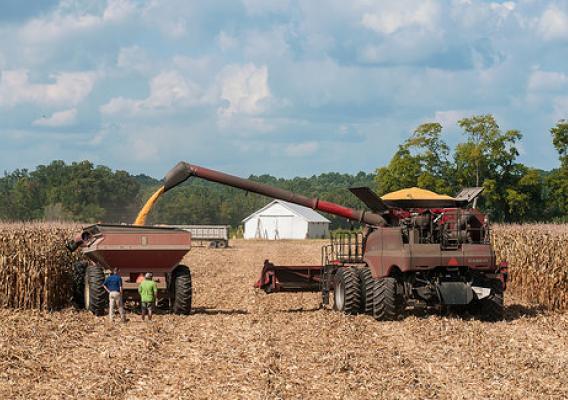America’s farmers and ranchers work hard to provide food for the world, contributing to the nation’s economy, as well as to the strength of our rural communities. To support our nation’s hardworking producers, we’ve developed programs designed to help them stay at the forefront of global production, to adapt to market changes and protect their operations even after bad years.
Although many farm programs have come and gone, one program has continued to grow and become even more critical to the farm safety net. Federal crop insurance has become the preeminent risk management tool for our nation’s agricultural producers, and has adapted to meet the diverse needs now more than ever. In fact, even Congress recognized the importance of the federal crop insurance program in the 2014 Farm Bill. As other programs were eliminated or reduced, new requirements and expansions were mandated for the program as a cost-efficient and proven way to keep agriculture strong.










